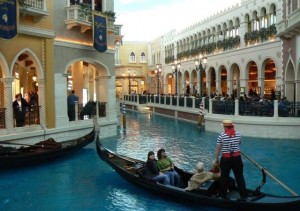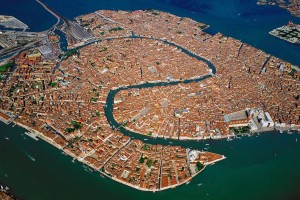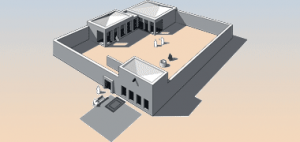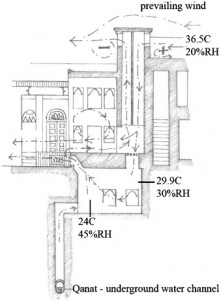My reading was T5 ‘form and functions follows climate’ by Philip Rahm
In this text writer expresses his concerns to the climatical changes and approach of architects, policy makers and other people associated to the building sector all over the world towards it. He talks about theories regarding programme, architectural form and climate – ‘form follows function’ and ‘function follows form’ and then he concludes by advocating his theory of ‘form/function follows climate’.
The writer begins the topic by talking about Sustainable development, how policies affect building sectors which in turn affects climate. Policies generate typical response to the architectural form and functions which might help an individual dwelling to some extent but it is not a solution to architectural form of clusters or cities. He also talks about the introduction of reinforced concrete in the beginning of 20th century and transformation of design by digital technologies by the end of 20th century which not only affects the architectural form but also climate.
The main focus of the text was on the design theories which are being followed in different eras and what should be the approach in present times and future. Writer talks about two main conflicting theories ‘Form follows Functions’ and ‘Functions follows Form’. Before 19th century architecture was all about statement, symbolism decorative ornamentation, which was challenged by the onset of a theory ‘form follows function’ in late 19th century. So the approach to the architectural solution became more rationalist, functionalist and universalist, resultant to this approach gave rise to the architectural form which was a derivation of function or simply a spacial expression of programme. Again this theory was challenged in the mid of 20th century by Louis Kahn and many others by the onset of the theory ‘function follows form’. In abstract way, this gave rise to a system of hierarchies which is an assembly of spaces but independent of programme. This makes it rigid in terms of structure, but flexible in terms of programme.
Further writer gives his hypothesis on form-function relationship. He gives rise to the new design theory ‘Form/Function follows Climate’. This gives rise to the new spacial organization in which function and form can emerge spontaneously in response to climate. This is explained by various examples of cities and climactical conditions. For example, The lack of potable water source gave birth to the present Urban shape of Venice and its squares which became focal points of the social interaction(refer image ‘a’ & ‘b’). Similarly, courtyards in the desert houses express the need of open space protected from sandstorms (refer image ‘c’). Also in Baghdad, the hierarchal spaces from cellar to roof have variation in temperature and humidity which allows spaces to be used for multiple functions depending on the time of the day and season (refer image ‘d’).
Conclusion :
Capacity of architecture should not be bound by preconceived functions. The idea of ‘form follows climate and function can change as per the time and generation’, suggests architects to design an architectural form based on present climate and which can adapt to changing climatical conditions so that form remains unchanged even if function changes.
Thus, I will categorize this text into an environmental relational logic.
Inferences of debate :
My inferences depending on the debate on all the topics is a cry for meaning to an architectural practice of the present era. All the writers are focusing on response to context and climate.
Topic of research :
- I would like to do a research on ‘Adaptation of vernacular architecture in present context using advanced digital techniques’.
- I was inspired to do a research on this topic because after reading this text and debate as based on all the text I realized that architecture practice at present is not based on context and climate. If we look at examples of Vernacular Architecture, we will realize they are more sustainable, as they rely on using locally available material and it is more efficient to the climatical conditions of that particular region.




